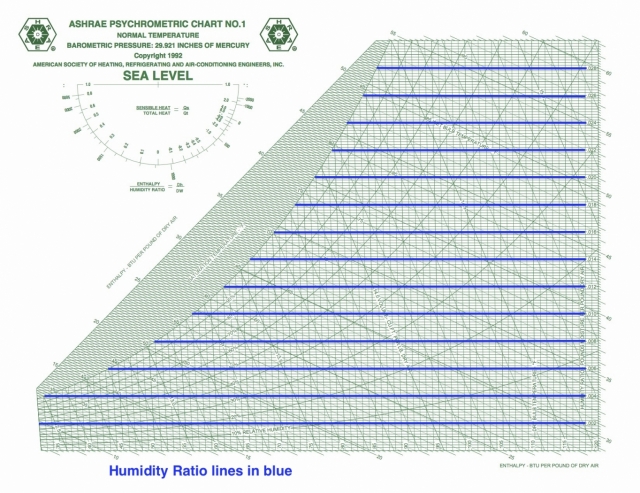

In the Output Pane results are always inserted at the top, so you don't have to scroll to see the latest result. The last two columns in the Output Pane ( Process and Point) provide a description of a calculated point. To distinguish heating / cooling results from other data, rows for heating process will be displayed in red and for cooling process in blue. Depending on the input parameters heating or cooling flows will be calculated.īefore making the fourth calculation, press the "Clear results" button to clear results from the 3 available result columns in the main pane.įor each calculation, calculated inlet and outlet conditions will be displayed in the Output Pane as well. Results of the calculation will be displayed in the first empty "results" column in the main pane. The solver can handle all of the following heating and cooling processes: In the " Outlet Point" group box enter parameters of the second point.In the " Inlet Point" group box enter parameters of the first point.To calculate sensible heat flow, latent heat flow, total heat flow and sensible heat factor, use the following steps: 34Specific entropy of saturated vapor.33Specific entropy of saturated water.29Specific enthalpy of saturated vapor.28Specific enthalpy of saturated water.24Specific density of saturated vapor.23Specific density of saturated water.7 Saturation pressure at dew point temperature.6 Saturation pressure at wet bulb temperature.The following 35 thermodynamic properties can be calculated with Psychrometric Calculator: 21 f ( humidity ratio, volume of moist air, pressure )įor input pressure, always enter absolute pressure and not gauge pressure.20 f ( humidity ratio, entropy of moist air, pressure ).19 f ( humidity ratio, enthalpy of moist air, pressure ).18 f ( relative humidity, volume of moist air, pressure ).17 f ( relative humidity, entropy of moist air, pressure ).16 f ( relative humidity, enthalpy of moist air, pressure ).

15 f ( relative humidity, humidity ratio, pressure ).14 f ( dew point temperature, relative humidity, pressure ).13 f ( wet bulb temperature, volume of moist air, pressure ).12 f ( wet bulb temperature, entropy of moist air, pressure ).11 f ( wet bulb temperature, enthalpy of moist air, pressure ).10 f ( wet bulb temperature, humidity ratio, pressure ).9 f ( wet bulb temperature, dew point temperature, pressure ).8 f ( wet bulb temperature, relative humidity, pressure ).7 f ( dry bulb temperature, volume of moist air, pressure ).



 0 kommentar(er)
0 kommentar(er)
